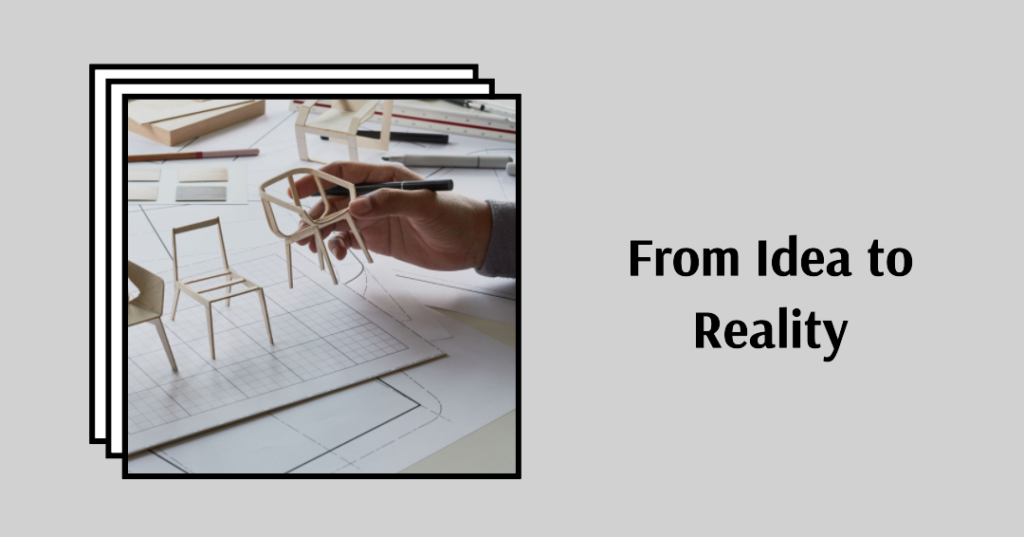In this blog post, we will explore the significance of product prototyping in driving innovation. Prototyping is the process of creating a preliminary version or model of a product, allowing you to test and refine your ideas before investing resources into full-scale production. By leveraging prototyping techniques, you can bring your ideas to life, gather valuable feedback, and drive innovation in your product development process.
Transforming Ideas into Tangible Concepts: Prototyping helps you transform abstract ideas into tangible concepts. It allows you to visualize and showcase your product idea in a physical or digital form, enabling better communication and understanding among stakeholders.

Identifying Design Flaws and Refining Concepts: By creating prototypes, you can identify design flaws, usability issues, or functional limitations early in the product development process. This enables you to refine your concepts, make necessary iterations, and improve the overall design and functionality of the product.

Gathering User Feedback: Prototypes provide an opportunity to gather user feedback and insights before investing in full-scale production. By involving potential users in the testing process, you can gain valuable insights into their needs, preferences, and pain points. This feedback helps you make informed decisions and enhance the user experience.

Iterative Development: Prototyping encourages an iterative development approach. You can create multiple iterations of your prototype, incorporating user feedback and refining the design at each stage. This iterative process allows for continuous improvement and innovation, leading to a more refined and successful end product.

Cost and Time Savings: Prototyping helps you save costs and time by catching design flaws or functionality issues early in the process. Identifying and resolving these issues at the prototype stage is far more cost-effective than making changes during or after production. It also reduces the risk of investing in a product that may not meet user expectations.

Collaboration and Communication: Prototypes facilitate effective collaboration and communication among team members, stakeholders, and investors. They provide a tangible reference point for discussions, allowing everyone to visualize and understand the product concept more effectively.

Attracting Investment and Support: Well-executed prototypes can help attract investors, partners, or potential customers. A functioning prototype demonstrates your commitment to the product’s success, increases credibility, and provides a tangible representation of the value your product brings.

Innovating and Pushing Boundaries: Prototyping encourages innovation and pushes the boundaries of what is possible. It allows you to experiment with new ideas, technologies, and features, driving creativity and pushing for breakthrough solutions that can set your product apart from the competition.

Conclusion: Product prototyping plays a vital role in driving innovation by transforming ideas into tangible concepts, identifying design flaws, gathering user feedback, and enabling iterative development. It saves costs and time, enhances collaboration and communication, attracts investment and support, and encourages pushing the boundaries of what is possible. By leveraging the power of prototyping, you can bring your innovative ideas to reality and create successful products that meet user needs and exceed expectations.

